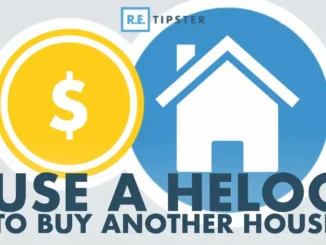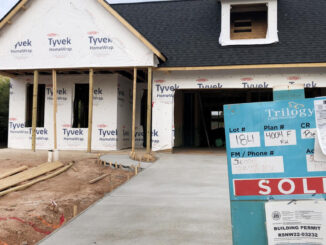
With soaring home prices and mortgage rates putting a damper on the market for new home loans and refinancing options, it’s a challenging time for homebuyers and lenders alike.
But it’s not all grim news.
While the current climate may be causing existing-home sales and inventory to fall, it’s driving renewed interest in home equity options. And that offers an incredible opportunity for banks and non-banks alike to improve their digital channels to better support home equity lending.
Consider this:
The average rate on a 30-year fixed mortgage remains above 7%, the highest it’s been in more than 20 years.
Mortgage holders, on average, now have close to $200,000 of available equity in their homes, making home equity options an attractive alternative.
Home equity line of credit (HELOC) and home equity loan originations increased 50% in 2022 compared to two years earlier, according to the Mortgage Bankers Association’s Home Equity Lending Study.
Bank and non-bank lenders are now confronting the urgency to improve their digital experiences to better support home equity lending.
Here are five best practices lenders can adopt to enhance the consumer lending experience, informed by Keynova Group’s review of 12 leading U.S. mortgage and home equity lenders’ digital customer experiences.
1. Add tools to help consumers decide which lending options best suit their needs
Now more than ever, consumers want practical financial guidance and support. One way to do this is by helping them make the best lending decision based on their unique circumstances.
Lenders that provide access to a recommendation tool can help consumers select the appropriate loan or line of credit option, such as a HELOC, home equity loan, refinancing, personal loan or credit card. And offering to connect the consumer with a lending specialist to walk through the application process can also help lenders win business.
Presenting a debt consolidation calculator that includes a home equity option (something 25% of the reviewed lenders offer today) can help homeowners determine whether home equity or another lending solution is most suitable for their needs.
Key stat: According to the Federal Reserve, credit card delinquency rates increased in the second quarter of 2023 for the seventh consecutive quarter. With this continuous increase in outstanding credit card balances among consumers, a home equity loan can be a practical debt consolidation option compared to balance transfers, as the rates are often much lower than those associated with credit cards.
2. Include a soft credit pull option in the application process
Enable the home equity application process to determine if a consumer is eligible — as well as how much they may be eligible to borrow and at what rate — by offering a soft credit pull.
This is an excellent incentive for prospective borrowers to test the waters before committing, as it doesn’t impact their credit score.
Few home equity lenders currently enable soft credit pulls within the home equity application process, making it a significant area of opportunity for bank and non-bank lenders.
3. Support digital from application to closing
As the world becomes increasingly digital, expectations for a completely digital lending experience continue to grow. Consumers don’t want to start an application digitally only to have to finish it or complete the closing process at a brick-and-mortar location.
Lenders that support a fully digital process from application to closing will speed the lending process and offer the seamless — and digital — experience that consumers demand.
Only 25% of the reviewed lenders currently offer digital closing for home equity.
4. Accelerate lending approvals
Much like consumers don’t want to have to start in one channel and end in another, they don’t want to wait for answers. And this sentiment holds true when it comes to waiting on lending approvals.
However, just two of the lenders Keynova Group reviewed support same-day approval. Comparatively, it’s a best practice for credit card issuers. Most credit card issuers offer card applicants instant approval for these unsecured credit lines.
Speeding up the approval process for home equity lending will go a long way when it comes to consumer satisfaction.
5. Add support for Spanish-speaking consumers
With over 41 million native Spanish speakers in the U.S. in 2022, support for Spanish-language content and applications are critical. And with a renewed interest in home equity options, deepening Spanish-language support will help home lending become more digitally accessible to Spanish-speaking consumers.
None of the reviewed lenders have a Spanish-language application for home equity. Yet 25% now offer Spanish-language versions of their mortgage applications.
Additionally, Spanish-language educational content about home equity is lacking on lenders’ websites, making this another key opportunity for improvement.
High interest rates and the lack of housing inventory make home renovations and remodeling an attractive alternative for homeowners looking to upgrade their spaces. As well, the rapid expansion in credit card balances offers opportunities for borrowers to consolidate their debt at lower interest rates than are available through credit cards.
Increasingly, homeowners are turning to HELOCs and home equity loans to finance these improvements or consolidate debts, making it a favorable time for lenders to zero in on their lending processes to ensure they’re providing the seamless digital experiences homeowners expect.
Beth Robertson is a managing director with Keynova Group.



